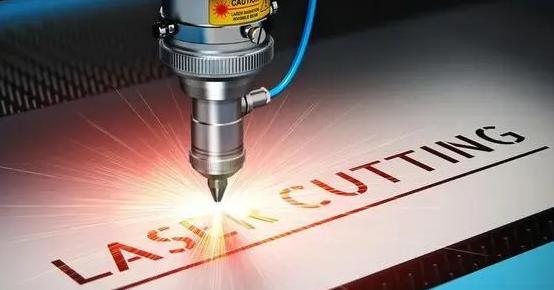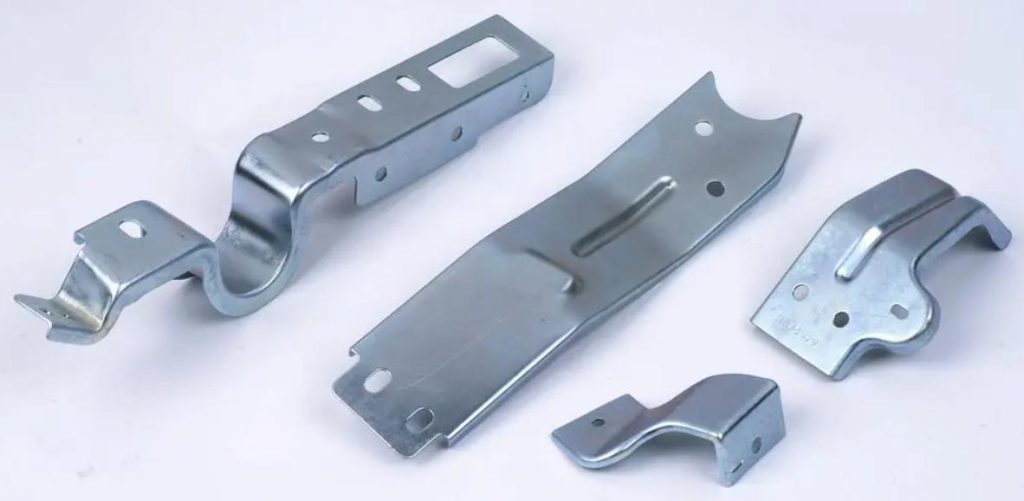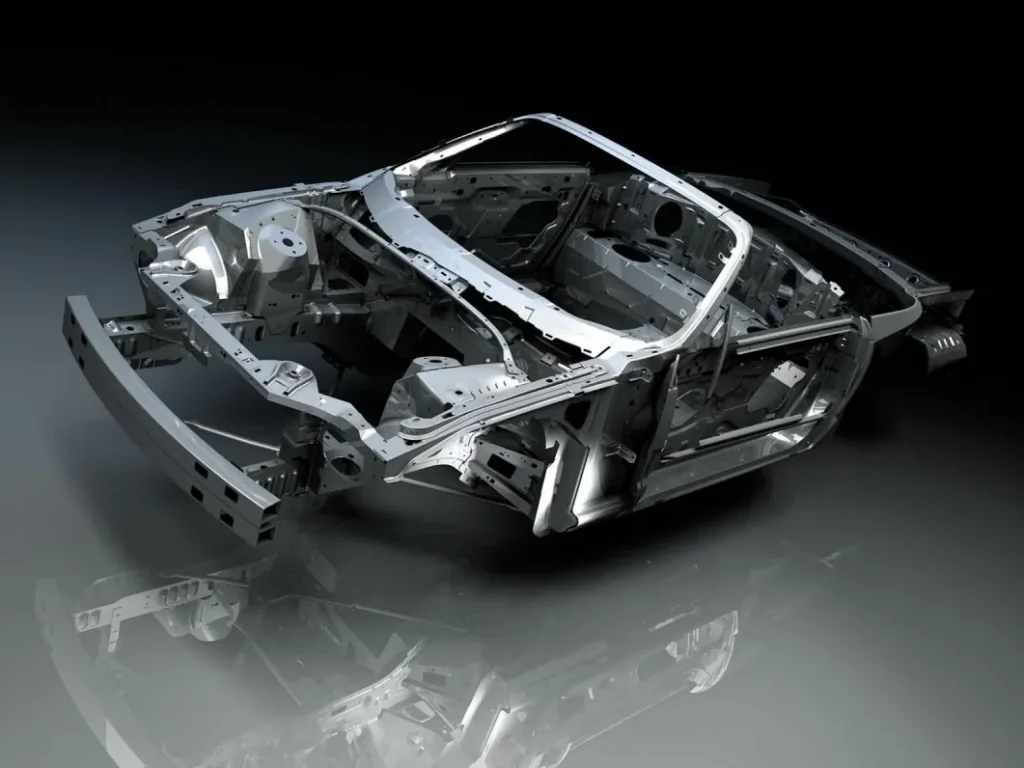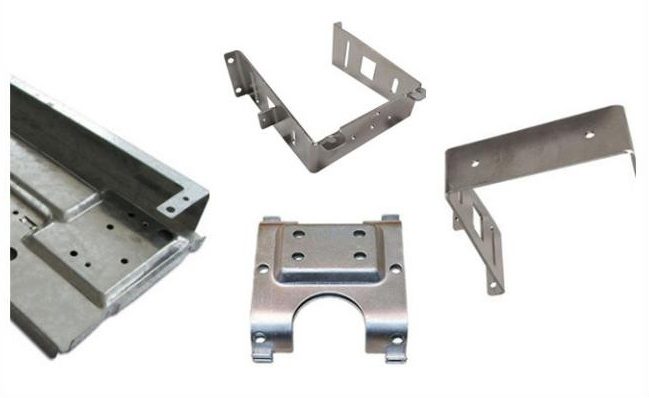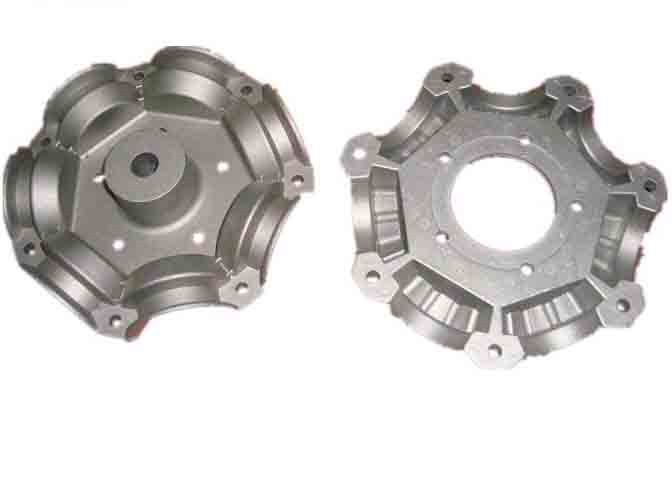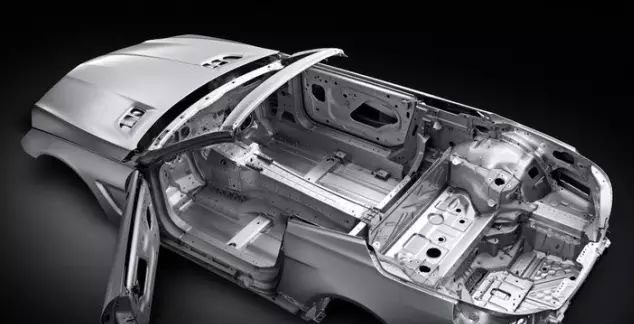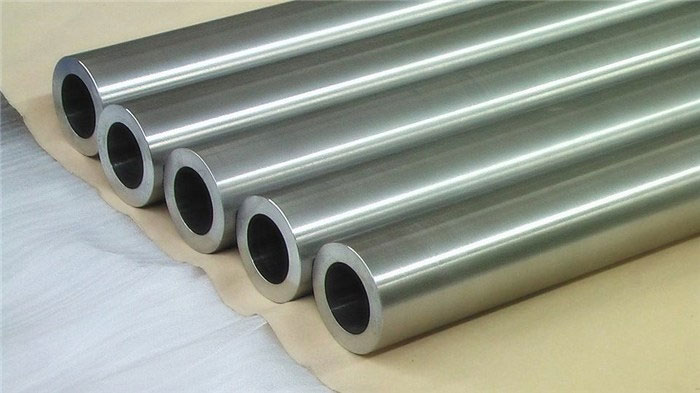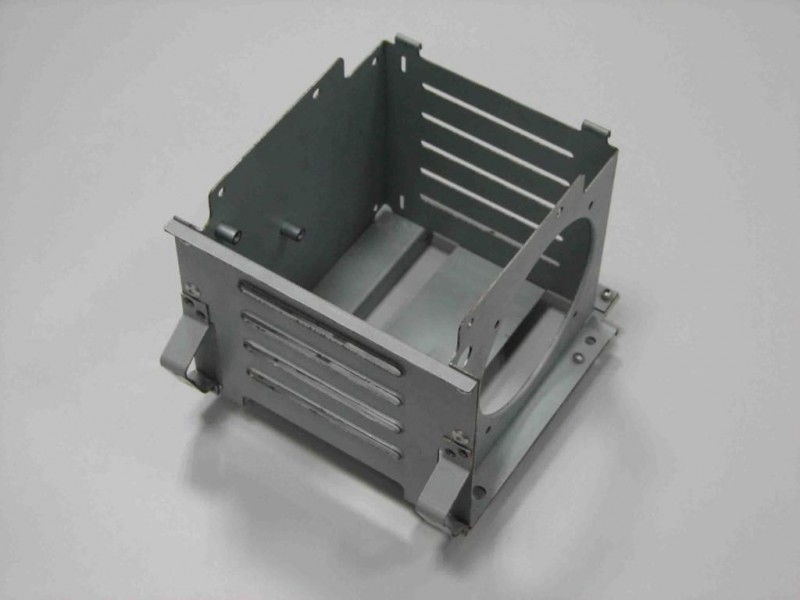This article will introduce the difference between the two processes of metal stamping and sheet metal fabrication so that everyone can better understand and understand these two similar processes.
Differences in Concepts, Tools, and Processes
Concept of metal stamping and sheet metal fabrication
Metal stamping refers to the manufacturing process of using a metal stamping die or a series of metal stamping dies to form sheet metal into workpieces of three-dimensional dimensions. The process of metal stamping is very efficient. The metal stamping die is mounted on the press, and each stroke of the press can form a workpiece.
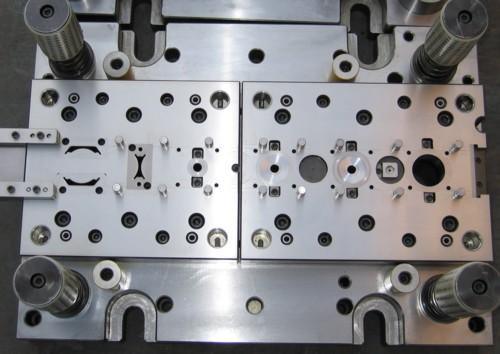
Sheet metal fabrication is also a processing technology, and it is a comprehensive cold-working process for metal sheets (usually below 6mm). Including shearing, punching, cutting, compounding, folding, riveting, splicing, forming, etc. The characteristic of sheet metal fabrication is that the thickness of the same part is the same.
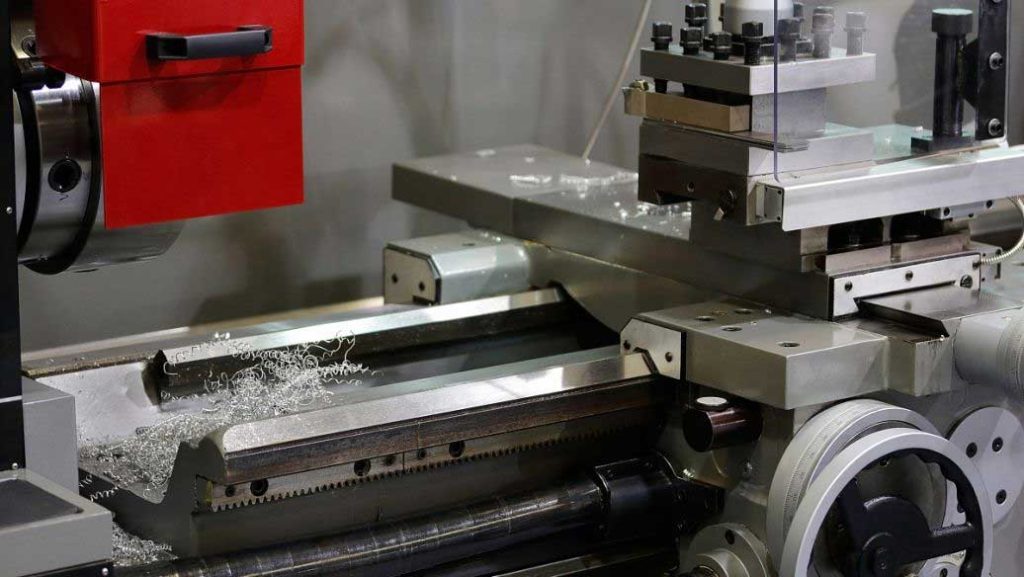
Tools for metal stamping and sheet metal fabrication
Stamping parts require the help of conventional or special presses and dies. Generally, mechanical presses are used, and thick plates are formed by water presses.
The main tool used for sheet metal parts is a bending machine. The basic equipment includes a shearing machine, CNC punching machine, laser, plasma, water jet cutting machine, bending machine, drilling machine and uncoiler, leveling machine, deburring machine, spot welding machine, etc.
Process flow for metal stamping and sheet metal fabrication
Metal stamping can be divided into 2 categories: separation process and forming process.
- The separation process is also called blanking, which is a process of separating the stamping parts from the sheet along a certain contour line while ensuring the quality of the separation section.
- The forming process is to plastically deform the sheet to make a workpiece of the desired shape and size. In actual production, various processes are often included, such as blanking, bending, shearing, deep drawing, bulging, spinning, and so on. Stamping parts are widely used in automobiles, electronics, instrumentation, machinery, railways, communications, chemicals, textiles, household appliances, aerospace, and other industries.
The 4 most important steps in the sheet metal process are shearing, punching/cutting/folding/rolling, welding, surface treatment, etc. It is often used to produce chimneys, iron stoves, and car casings that are commonly used in homes.
In general, the process of sheet metal parts is generally: shearing (blanking) – bending – welding. The process of stamping parts is generally: shearing (blanking) – stamping – deburring.
Stamping can be thought of as one of many sheet metal forming processes. Sheet metal parts are thin-plate hardware, that is, parts that can be processed by stamping, bending, stretching, and other means. A general definition is a part whose thickness does not change during machining. The outer iron shell of the car and some cabinets made of stainless steel are sheet metal parts. In order to meet the requirements of product function and appearance, the design of sheet metal should ensure stable size, a simple stamping process, easy production of stamping dies, and high stamping quality of sheet metal.
2 Common Asked Questions about Sheet Metal Fabrication and Stamping
Question 1: What is the specific process of sheet metal fabrication?
1. Blanking
According to the design of the drawing, choose different blanking methods. Among them are laser, CNC punching machines, shearing, and so on. Then make the corresponding expansion according to the drawing.
The CNC punching machine is affected by the tool. For the processing of some special-shaped workpieces and irregular holes, there will be large burrs on the edges, and the later deburring treatment is required, which has a certain impact on the accuracy of the workpiece. Laser processing has no tool restrictions and has a flat section, which is suitable for the processing of special-shaped workpieces, but it takes a long time to process small workpieces.
The resulting offcut can provide material for the tryout during bending. After the workpiece is blanked, the corners, burrs, and joints must be polished to ensure the appearance of the workpiece. At the same time, the trimming of the shape also ensures positioning during bending.
2. Enter the next process according to the processing requirements
There are bending, press riveting, spot welding, convex hull, etc. It is necessary to consider the order of processing before and after, so as to avoid interference in other processes after processing, and the required processing cannot be completed.
When bending, first determine the tool and groove used for bending according to the size and material thickness on the drawing. Avoiding the deformation caused by the collision between the product and the tool is the key to the selection of the upper die (in the same product, different upper die may be used.). The selection of the lower die is determined according to the thickness of the sheet metal. The order of the bends should then be determined. Generally speaking, it is first small and then large, first inside and then outside, first special and then ordinary.
When pressing riveting, the height of the stud should be considered, and then the pressure of the press should be adjusted to ensure that the stud and the surface of the workpiece are flush, so as to avoid the stud not being pressed firmly or being pushed out beyond the surface of the workpiece, causing the workpiece to be scrapped.
Welding includes spot welding, argon arc welding, carbon dioxide shielded welding, manual arc welding, and so on. After welding, a flat grinder should be used for processing, especially the edges and corners.
3. Surface treatment
Surface pretreatment can make the surface clean, significantly improve the adhesion of the coating film, and improve the corrosion resistance of the coating film.
Different sheet surfaces are treated differently. After the cold plate is processed, the surface is generally electroplated. After the electroplating, the spraying treatment is not carried out. The phosphating treatment is used, and the spraying treatment is carried out after the phosphating treatment. The surface of electroplated boards is cleaned, degreased, and then sprayed. Stainless steel plates (mirror panels, fog panels, brushed panels) need to be done wire drawing treatment before bending without spraying. If spraying is required, burring is required.
The aluminum plate is generally oxidized, and different oxidized background colors are selected according to different colors of spraying. The commonly used ones are black and natural color oxidation. If the aluminum plate needs to be sprayed, it should be sprayed after chromate oxidation treatment.
4. Assembly
After spraying, enter the assembly process. During the whole process, you should wear gloves to avoid dust on your hands from adhering to the workpiece. Some workpieces should be blown clean with an air gun.
5. Packaging
Then start packing. After the workpiece is inspected, it is put into a special packaging bag for packaging. Some workpieces without special packaging can be packaged with bubble wrap.
6. Quality inspection
In addition to strict requirements in the manufacturing process, the quality of sheet metal parts also requires quality inspection independent of production. One is to strictly inspect according to the drawings, and the other is to strictly inspect the appearance quality.
Question 2: What are the common sheet metal materials suitable for stamping?
There are many suitable sheet metal materials. Sheet metal materials widely used in the electronic and electrical industry include:
1. Ordinary cold rolled sheet SPCC
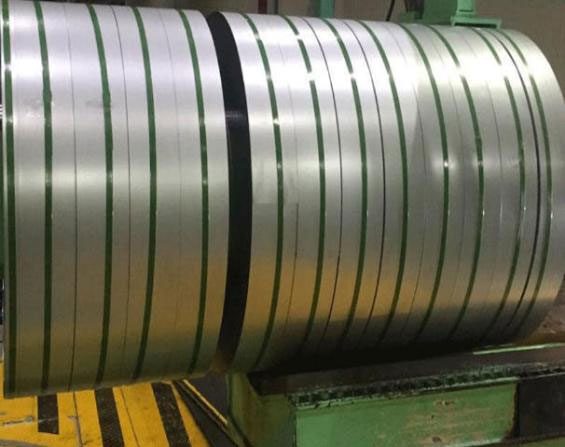
The surface of ordinary cold-rolled sheet SPCC has no protection. It is easily oxidized if exposed to air, and the rate of oxidation is accelerated in a humid environment. Therefore, the surface should be electroplated, painted, or otherwise protected during use.
2. Galvanized steel sheet SECC
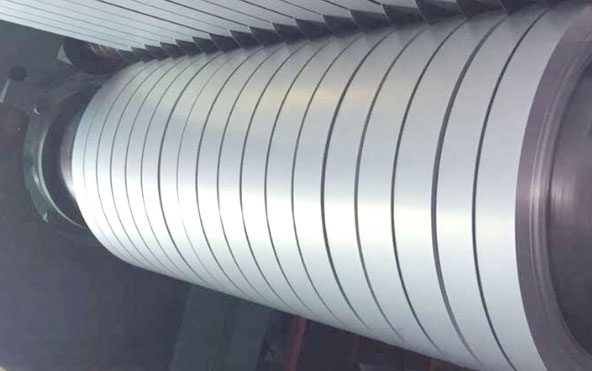
Galvanized steel sheet SECC has the mechanical properties and workability of ordinary cold-rolled steel sheets and has excellent corrosion resistance and decorative properties. Galvanized steel sheet SECC is widely used in home appliances, furniture, and electronic products.
3. Hot dip galvanized steel sheet SGCC
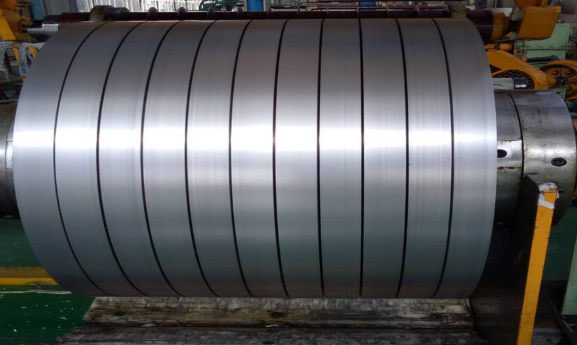
SGCC material is harder than SECC material, has poor ductility, a thicker zinc layer, and poor weldability.
4. Stainless steel SUS301
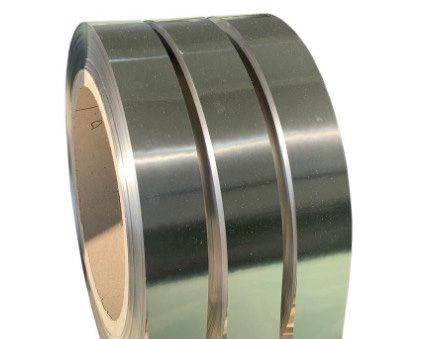
SUS301 is mostly used for shrapnel springs. The content of Cr (chromium) is lower than that of SUS304, and the corrosion resistance is poor. After cold working, good tensile force and hardness can be obtained, and the elasticity is also good.
5. Stainless steel SUS304

It is one of the most widely used stainless steel. It has corrosion resistance, heat resistance, very good mechanical properties, no heat treatment hardening, and no elasticity.
JTR can provide stamping as well as sheet metal fabrication. You only need to provide your needs, we will provide the most professional solutions with experienced personnel.


